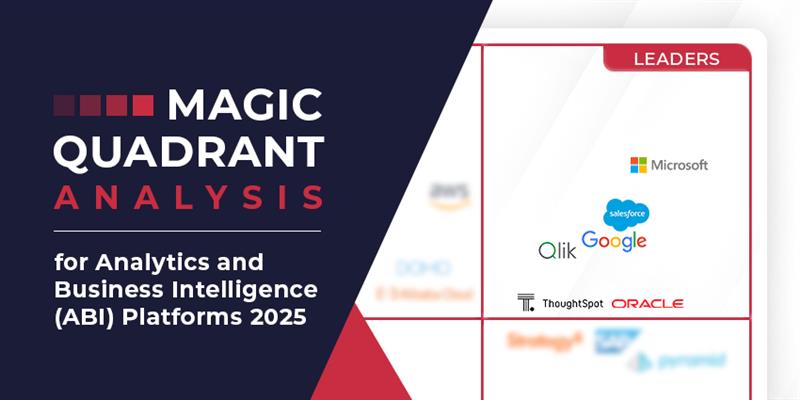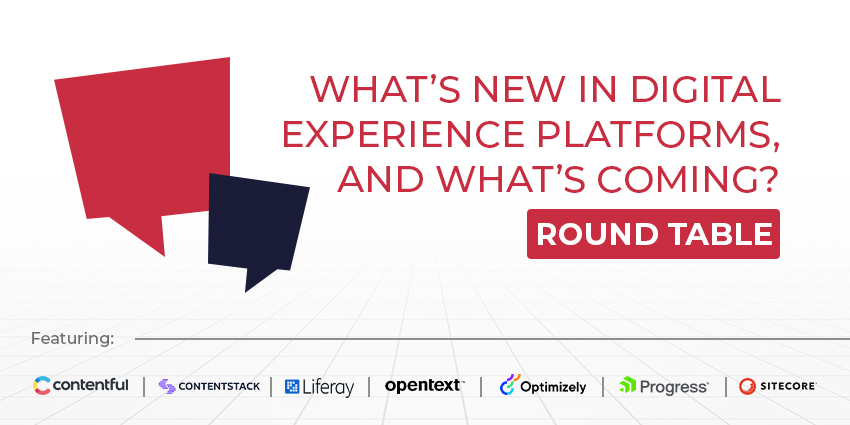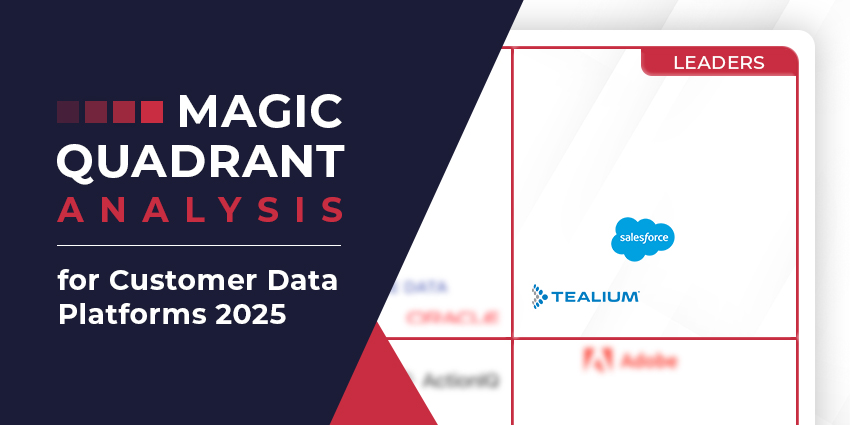Every customer interaction is an opportunity. But nowadays, it’s not only about selling more, selling up, or solving a customer issue. It’s all that, of course. And it’s much more.
It’s also the story behind the interaction. It’s the story buried in your data.
Modern contact centers offer up a treasure trove of data that could lead to untapped revenue and increased efficiencies.
Capture it. Measure it. Put it in context. With interaction analytics, businesses can shape an in-depth picture of their customers: a picture that presents meaning.
Moreover, companies can delve deeper into the motivation and feelings of their customer. With meaningful data in hand – in real-time – the call center team can accelerate transactions, suggest new products, and build stronger brand loyalty while delivering personalized solutions.
Indeed, interaction analytics tools have become a strategic, revenue-generation tool to get more efficiency out of the call center. Companies that fail to recognize and harness their potential will miss valuable opportunities.
Defining Interaction Analytics
Interaction analytics transforms raw customer data collected across multi-channel customer interactions into structured data.
To do so, the solution analyzes, filters, searches, and archives the data to offer insights into the customer – their personality, product and service needs, and brand expectations.
Indeed, with interaction analytics, businesses can evaluate multi-channel interaction data and explore specific aspects of the customer experience.
The benefits of interaction analytics include:
- Gaining a deeper understanding of the customer’s unique needs.
- Identifying their product, channel, and service preferences.
- Detecting opportunities to customize the customer’s journey.
- Drawing larger trends across the customer base.
- Correlating CX success with call center agent performance, product quality, and other variables.
- Uncovering latent demand and upselling/cross-selling opportunities.
Interaction analytics has gained significant traction in today’s omnichannel world. In fact, the global speech analytics market alone is forecasted to be worth $5.04BN by 2026.
How does Interaction Analytics Work?
First, consider a contact center’s channel mix. These provide the data source.
Across voice, there is a machine learning and NLP-powered speech-to-text element, which transcribes the conversation. From there, an analysis engine – driven by NLU and other AI – looks for trends, as it does on written channels.
However, interaction analytics not only transcribes and transforms voice, but it also picks up on stress levels within the customer’s voice to add further insight and enable sentiment analysis.
In addition to connecting and transforming conversational data, interaction analytics tools offer a BI dashboard to capture, process, and highlight critical insights.
Finally, further AI tools will help make predictions and recommend future actions based on conversational data, transforming it into powerful visuals.
Interaction Analytics Use Cases
Interaction analytics can significantly improve contact center performance and reveal hidden efficiencies and opportunities such as:
- Quality Assurance – It scours through all customer interactions to ensure that agents meet various criteria that contact centers set to measure their performance. Checking the use of compliance statements is a particularly good example.
- Agent Training – It flags poor or outstanding service experiences. These can act as live examples for demonstrating pitfalls and best practices to new agents.
- Real-Time Intervention – It can highlight conversations that need urgent intervention in real-time so that a supervisor can step in and de-escalate a situation.
- Performance Monitoring – It can automatically score agents on their performance, evaluating them against pre-set interaction KPIs.
- Lead Qualification – In outbound contact centers, it automatically qualifies leads and makes an entry in the CRM so that agents do not have to do it manually.
Indeed, interaction analytics opens tremendous possibilities – whether trying to improve internal performance or analyzing CX characteristics to make better business decisions.
Yet, this is only scratching the surface. Check out the interview below, where we discuss even more use cases with the prominent interaction analytics provider Contexta360.
Leading Companies
In recent years, the most prominent CCaaS players have added interaction analytics capabilities to their solutions. As such, vendors such as NICE, Genesys, and Talkdesk will offer interaction analytics platforms, embedding the technology within various other elements of their portfolios.
For instance, many quality management tools will now include interaction analytics to automate quality scoring. Some will even check for employee and customer sentiment.
However, as standalone solutions, some are better than others. As a result, many independent vendors are still out there, offering third-party integrations through the marketplace of many notable CCaaS providers. Some of the most notable include:
- CallMiner
- Contexta360
- Gong
- Invoca
- Observe.ai
- Spitch
- Symbl.ai
Want a deep dive into some of the most innovative interaction analytics providers? If so, check out our article: Top Speech Analytics Providers for 2022







